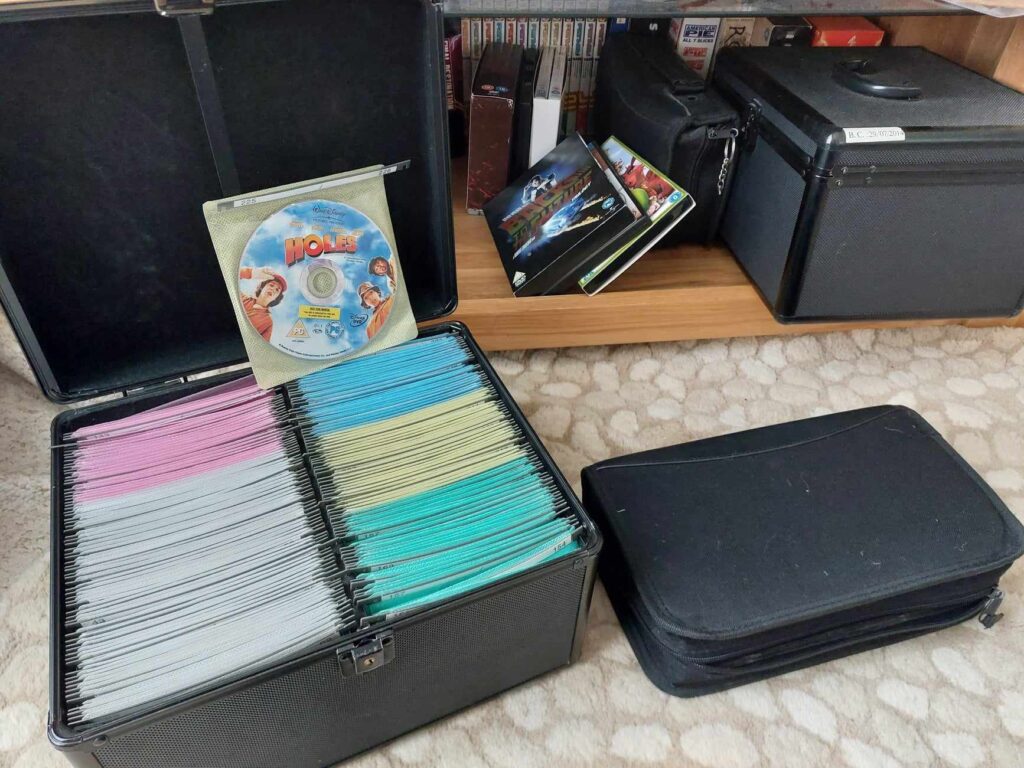The Right Choice
Some people collect stamps or coins; for my wife, it’s DVDs. She’s got quite a lot of them now, and It’s great having a lot of choice, but sometimes having too much choice can lead us to struggle to know which one is the right one, or even put off deciding. Now, for a movie, I’m not too upset if we wind up with another rom-com; but what about for choosing the therapist you want to work with and type of therapy that’s right for you?

Therapy Options
The British Association of Counselling and Psychotherapy’s ‘A-Z of Therapeutic Approaches’ lists and briefly explains thirty-two different types of therapy – each with their own ideas of what therapy looks like and how that might help us to grow and develop. Looking through them all can be informative, but a bit like my wife & I when we’re choosing the right DVD, there can be too much choice.
The Dodo Bird Verdict: No Wrong Choices
In 1936 Saul Rosenzweig proposed the Dodo Bird Verdict from the part in Alice in Wonderland where the judge of a race (who happens to be a dodo bird) says: “Everybody has won, all must have prizes”. Rosenzweig was applying that to talking therapies – there are lots of different types of therapy but one type of therapy isn’t better than others, they all have ‘prizes’. This can be a mystery considering how different they are, but I write this to reassure you that whichever of those thirty-two modalities seems to most jump out at you, you’re not making a wrong decision. With Hope, for example, you can look through the members of their team following this link to find many different experienced practitioners and they each will have their own way of being a therapist. Below I’ve circled two types of talking therapy from that list: CBT Counselling and Counselling.

No significant difference
The PRaCTICED Trial (a huge study conducted in 2021) looked at clients experiencing depression who were offered talking therapies from IAPT on the NHS. This trial didn’t find significant differences between outcomes from CBT and Counselling which really highlights something for my DVD analogy: it doesn’t matter if we watch a romantic comedy or a thriller, what matters is that my wife and I are spending time together and the film is a medium for that. So, too, what’s more important than the type of therapy you decide on, is getting help with someone you can relate to and work with.
Your Choice: ‘i dont want to watch a rom-com’
Having said that, I am more into Thrillers than Rom-coms. I know CBT works, see the evidence for it, and feel encouraged reading Hope’s Blog Post about CBT which explains more; however when I see a counsellor, I prefer for there not to be a direction or treatment goal. I work as a Person Centred Therapist – I like finding that moment of connection between myself and my clients, and trusting that out of the relationship something will emerge that will bring growth. Neither approach is right or wrong – rather it’s about finding the approach that works for you which may be different for you at different seasons of your life. Research shows that if we can buy into the therapeutic modality that our counsellor is offering, and believe it will make a difference, it has a much bigger impact on our outcomes than the modality we have chosen
It’s not the DVD: It’s the time together
Lambert (1992) estimated that 30% of the therapeutic change is attributed towards the relationship between the counsellor and the client. Just like the DVD we choose doesn’t matter so much as who you choose to watch it with, what’s more important than the modality of the counsellor is how you experience your relationship with them. I remember when I chose my personal counsellor; I had seen two counsellors before and had had a mix of experiences. When I finally settled on a counsellor, they had trained at a prestigious university, counselled in a Person-Centred way (the modality I was looking for: my DVD genre) and had years of experience. However, that isn’t what made me decide – I decided to seek counselling with him because his eyes looked kind to me, and I kept seeing him because our relationship was good – I felt accepted, safe and understood.
Relationships Need Work
Once you’ve decided which modality you’re looking for, and found a counsellor you can trust – someone who understands and accepts you, maybe someone who has warm-looking eyes? Just like I sometimes end up watching rom-coms with my wife, it’s worth taking time to review with your therapist how you’re finding the work and see if your therapist and you can adapt to help you on your journey. It may be that there is something you would like to talk about that you haven’t had the opportunity to yet, or didn’t feel safe to at the beginning; that there is something about the way your therapist communicates with you that is helpful or unhelpful; a difference between your therapist and you that is getting in the way or that they remind you of someone; or a persistent feeling you find you have in therapy but is hard to vocalise. Taking time to talk with your counsellor about how you are finding therapy can be a great way to develop the relationship and ensure you’re getting the right level of support.
Conclusion
There are a lot of different types of therapy and therapists out there. The choice may be overwhelming, but there’s no wrong choice; it may even be that you contact a few counsellors before you find the right one for you (many will offer a consultation first). Choosing a modality that fits your style is important, but what’s more important is that your hopes and expectations that therapy can help, and the relationship and sense of safety we experience with our counsellor. No counsellor is perfect, and hopefully your counsellor will give you opportunities to review how you are finding the work with them. Reviewing how you are finding counselling, the counsellor, and what you are discussing can help develop the relationship and ensure you’re getting out of therapy what you need.

